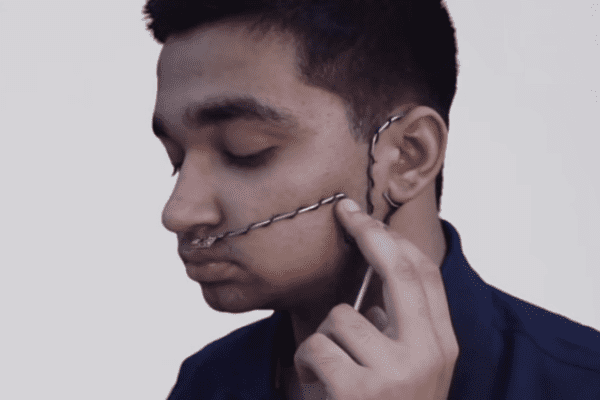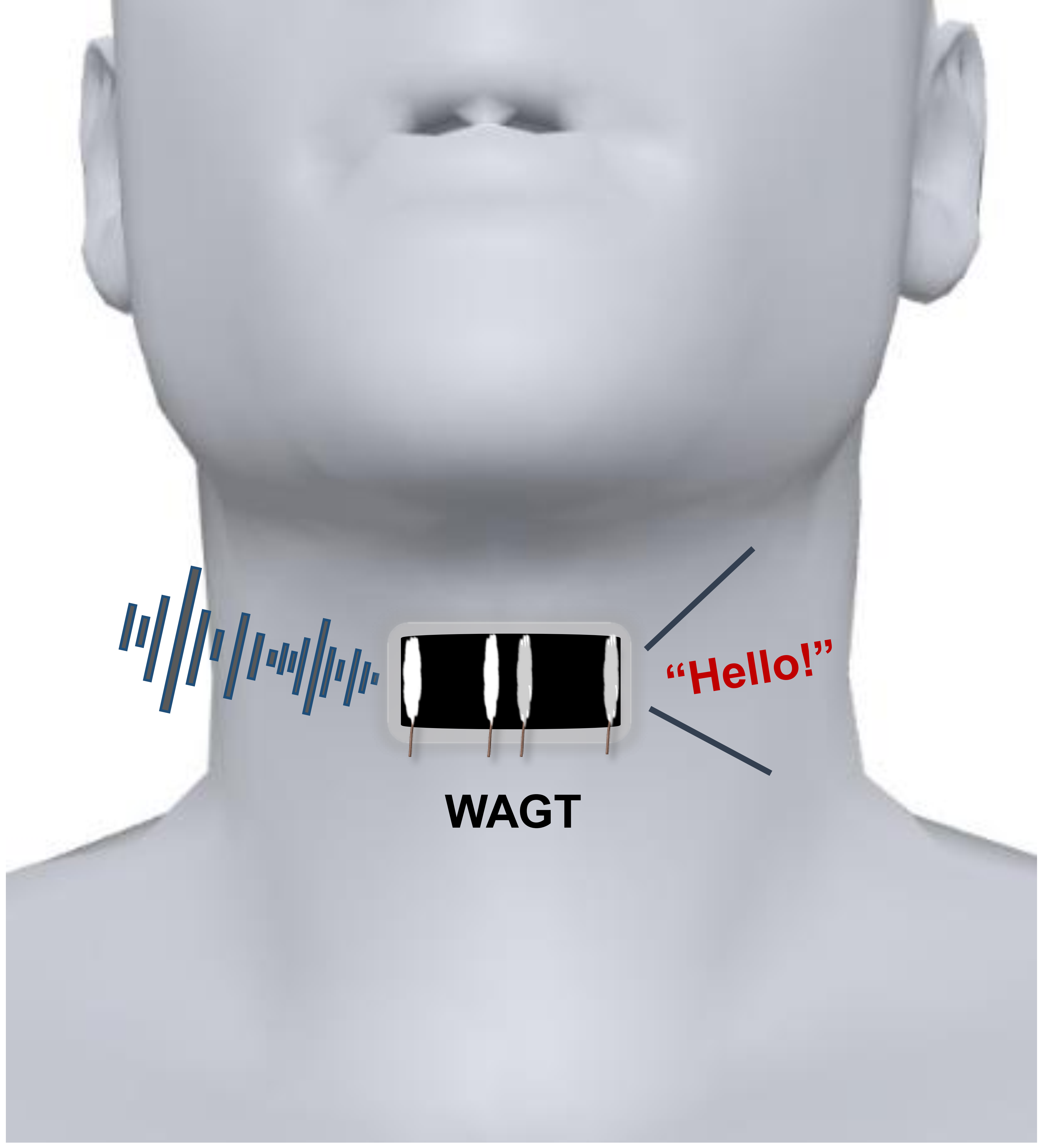
About 1.4% of the world’s population today is speech impaired, due to conditions such as Amyotrophic lateral sclerosis (ALS), locked-in syndrome (LIS), Encephalopathy (SEM),Parkinson’s disease, and paralysis. Imagine all the people living in Germany today were unable to speak and you’ll come to realize just how far reaching this condition is. So, aside for those being paralyzed, there are a lot of people who can’t speak, making any kind of relationship with friends and family unbearable – the patient is essentially trapped in a situation where he/she is forced to live inside her head until the end of days. An Indian teenager sought to address this heartbreaking world problem and succeed in building a device that is easy to make, cheap and effective. Most of all, it’s extremely ingenious since it can translate orderly breaths into speech.
Follow my breath
If you followed the work of the esteemed physicist Stephen Hawking or have seen him on TV, you may have noticed that he uses a complex computer interface to speak. Oddly enough, his voice is one of the most recognized on the planet, and it’s all synthesized! The tech he employs is, however, extremely expensive.
Sixteen-year-old Arsh Shah Dilbagi took a different route. Instead of building complex and expensive IR sensors that trigger off of twitches in the cheek muscle under the eye, like those used by Hawking’s machine, Dilbagi designed a system that can translate a user’s breath into electrical signals. As such, the device is only made out of a pressure-sensitive diaphragm etched directly into a silicon chip, and an amplifying device to increase the sound of the user’s breath. This allowed him to keep the price tag at $80, compared to thousands someone would need to cash out for a device similar to Hawking’s.
The tech, called ‘TALK’, can identify two types of breaths, as well as different intensities and timing so that the user can effectively spell out words using Morse code. An embedded microprocessor then reads the timed breaths as dots and dashes and translates them into words. A second microprocessor synthesizes the words to spell them into a voice. It’s remarkably simple and effective, even though the user needs to be trained to use Morse code, but it sure beats the alternative.
“After testing the final design with myself and friends and family, I was able to arrange a meeting with the Head of Neurology at Sir Ganga Ram Hospital, New Delhi and tested TALK (under supervision of doctor and in controlled environment) with a person suffering from SEM and Parkinson’s Disease,” Dilbagi reports. “The person was able to give two distinguishable signals using his breath and the device worked perfectly.”
Dilbagi is currently the only finalist in Asia enrolled in Google’s Global Science Fair, a competition that’s open to 13 to 18-year-olds from anywhere in the world. Let’s wish him the best of luck!






